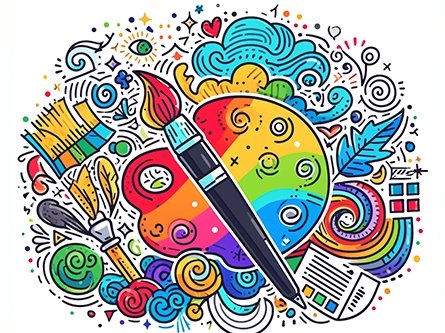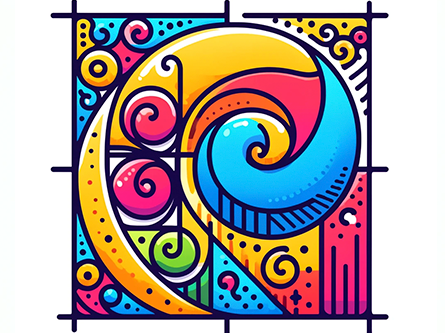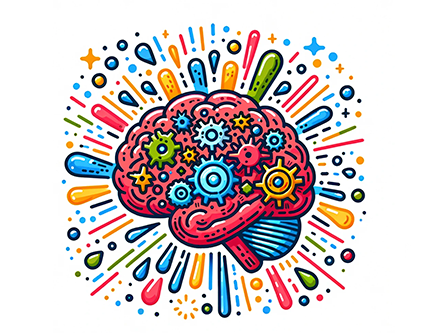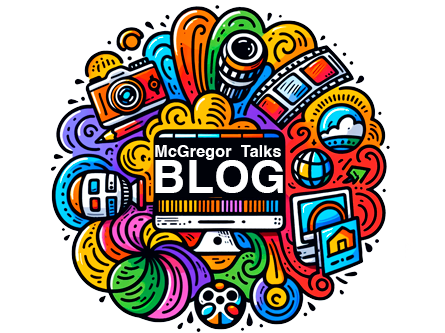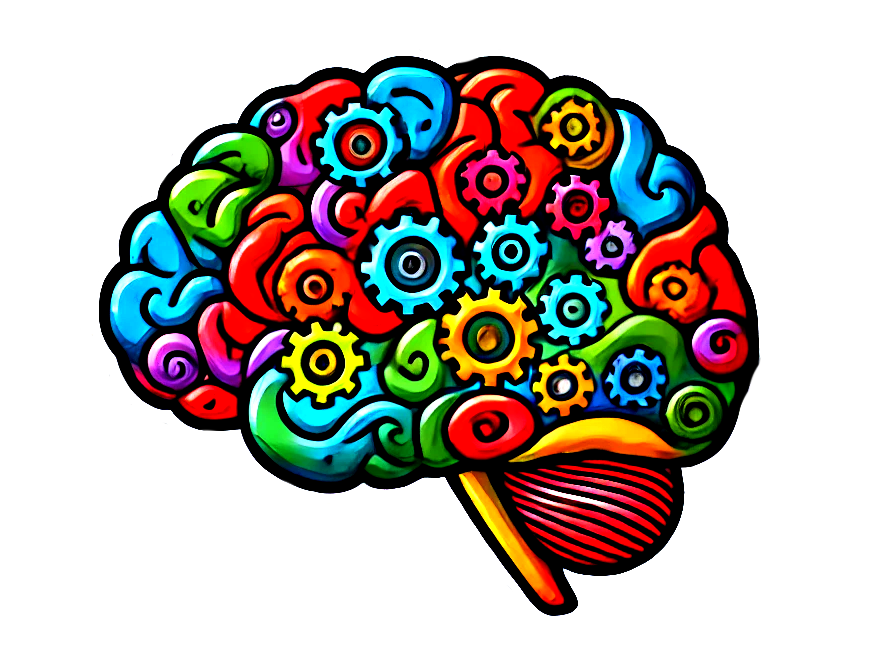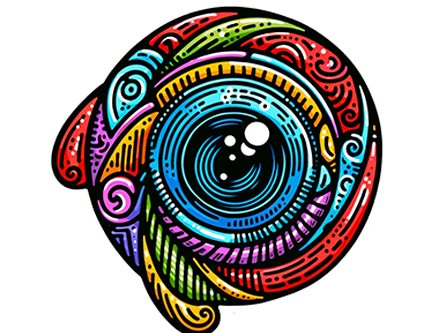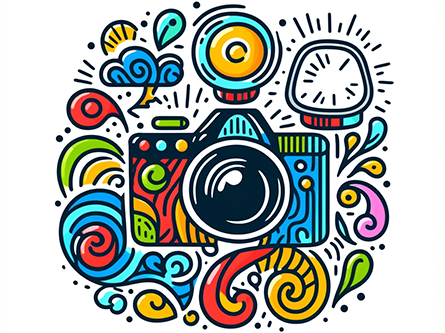Creating an optimal creative workflow is crucial for maximizing efficiency and maintaining the quality of your creative projects. Whether you’re a graphic designer, writer, or any type of creative professional, a well-structured workflow can help you manage your tasks effectively and spark your creativity. Here’s a concise guide to developing a workflow that works for you:
1. Define Your Creative Space
Your environment significantly influences your productivity and creativity. Designate a specific area that is organized, inspiring, and free from distractions. This could be a home office, a designated desk, or even a section of a room. Make sure it's equipped with all the tools you need — from software and sketchbooks to a comfortable chair.
2. Set Clear Goals
Before you begin any project, clearly define what you hope to achieve. Setting goals helps to direct your efforts and measure your progress. Break your main objective into smaller, manageable tasks. This step-by-step approach can prevent overwhelming feelings and keep you motivated.
3. Schedule Your Tasks
Create a timeline for your project with specific milestones. Use tools like calendars, planners, or project management software to schedule your tasks. Allocating specific times for brainstorming, designing, reviewing, and revising helps establish a routine and reduces the likelihood of procrastination.
4. Gather Resources Early
At the start of each project, take time to gather all necessary materials and resources. This might include research documents, design elements, client briefs, or inspirational materials. Having everything at your fingertips saves time and keeps the creative momentum going.
5. Iterate and Review Frequently
Don’t wait for a project to be nearly complete before reviewing your work. Regular check-ins allow you to adjust your approach, refine ideas, and address any issues early on. If possible, get feedback from colleagues or clients to provide new perspectives and ideas.
6. Use the Right Tools
The tools you use can make a significant difference in your workflow. Whether it’s graphic design software, writing tools, or digital sketchpads, choose tools that fit your needs and enhance your productivity. Keep them updated and learn their shortcuts to save time.
7. Take Breaks
Regular breaks are essential for long-term productivity and creativity. Short breaks help prevent burnout, refresh your mind, and can often lead to breakthrough ideas. Techniques like the Pomodoro Technique, which involves working for 25 minutes and then taking a 5-minute break, can be particularly effective.
8. Reflect and Adjust
After completing a project, take some time to reflect on what worked well and what didn’t. Use this insight to adjust your workflow for future projects, making continual improvements based on your experiences.
An optimal creative workflow is not about rigidly following a routine but about finding what works best for you and adapting as needed. By setting up a workflow that suits your style, you can enhance your creativity and produce your best work more consistently.
